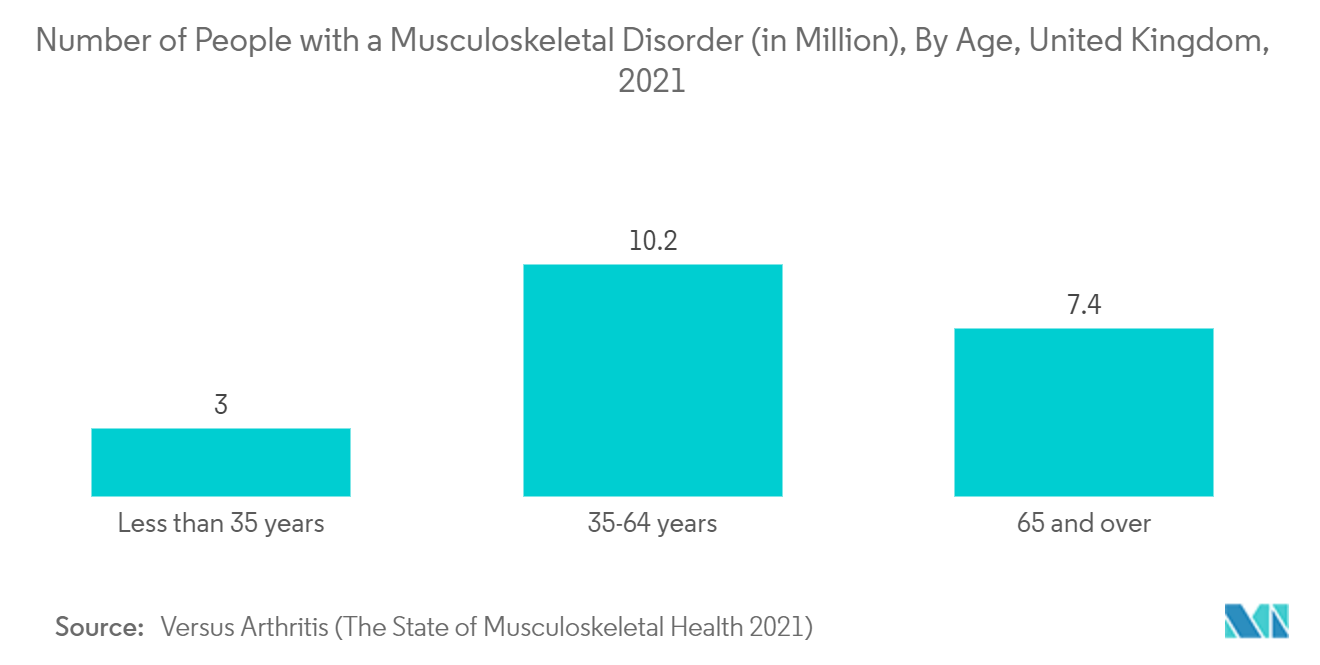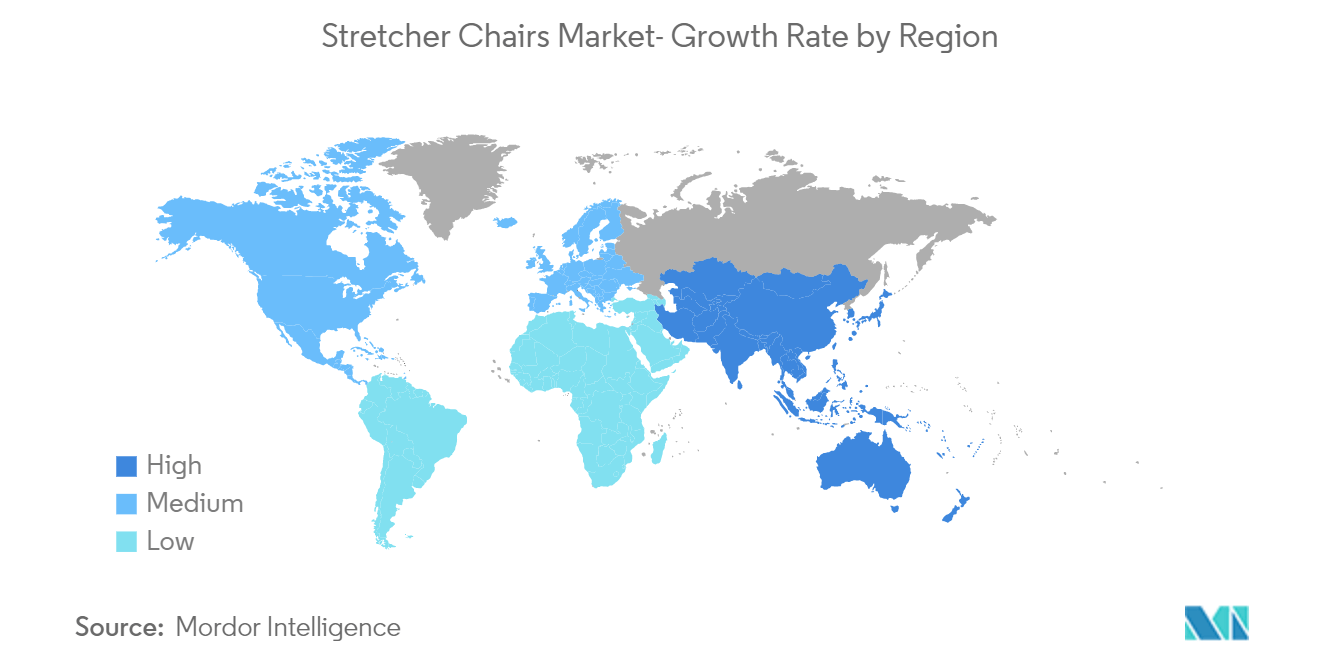Market Trends of Stretcher Chairs Industry
This section covers the major market trends shaping the Stretcher Chairs Market according to our research experts:
Manual Chairs Segment is Dominating the Stretcher Chairs Market Over the Forecast Period
Manual stretcher chairs are the most regularly used products in the market. Due to its multipurpose usage feature, the segment is expected to continue to dictate the market during the forecast period. This feature is crucial during medical surgeries, patient transfers via ambulance, and other medical circumstances requiring adjustments. Likewise, purchasing a manual stretcher chair often proves to be an economically better investment in multispecialty hospitals that provide various speciality services. Most countries cannot afford powered stretcher chairs, so the sales of manual chairs are maximum.
The other factors that play a crucial role in the segment's growth are the increasing incidence of accidents, trauma, and other chronic diseases, where there is an emergency, and the patients have to be transferred using stretcher chairs. The critical facts published by WHO in February 2021 reported that about 1.71 billion people have musculoskeletal conditions worldwide. Musculoskeletal conditions are the leading contributor to disability worldwide, with low back pain being the single leading cause of disability in 160 countries. Among musculoskeletal disorders, lower back pain was the highest burden, with a prevalence of 568 million people.
According to the same source, the aging population in the world is increasing, and the number of people with musculoskeletal conditions is proliferating. Musculoskeletal conditions are also the most significant contributor to years lived with disability (YLDs) worldwide, with approximately 149 million YLDS accounting for 17% of all YLDs worldwide. Thus, the increasing number of musculoskeletal disorders is expected to increase the need for external help with stretcher chairs, accelerating market growth.

North America is Expected to Dominate the Market and Expected to do Same During the Forecast Period
North America is expected to dominate the overall market, throughout the forecast period. Factors contributing to the growth of the market include the high prevalence of accidents and trauma in the region and established healthcare infrastructure and the presence of key players in this region. Furthermore, beneficial government initiatives and an increase in the number of research partnerships are some of the drivers expected to increase the market growth. In this region the United States has the maximum share due to supportive healthcare policies, the high number of patients, and a developed healthcare market. According to CDC data updated in March 2022, the number of emergency department visits was 130 million and the number of injury-related visits was 35 million in the United States in 2021. This number of emergency visits coupled with an increased number of injuries is expected to lead to increased adoption of stretcher chairs in the United States, thereby expected to drive the growth of the studied market.
Moreover, the American Hospital Association (AHA) statistics show that the number of active hospitals in the United States increased from 5,534 in 2016 to 6,093 in 2020. Thus, a steep rise in the volume of hospitals and increasing hospital admissions drives higher demand. Therefore, the increasing patient pool and increasing disposable revenue in this country boost the market growth of the region.

